Olive trees, with their gnarled trunks and silver-green leaves, evoke images of sun-drenched Mediterranean landscapes. But did you know that there’s more to olives than just the common ones found in grocery stores? Olive trees belong to the Oleaceae family and encompass a variety of species, each with its own unique characteristics and flavors. In this blog, we’ll delve into the fascinating world of olive species, exploring their distinctive traits and the regions they call home.
Before we embark on our journey through the diverse world of olive species, let’s first grasp the basics. Olive trees are evergreen trees or shrubs native to the Mediterranean basin, as well as parts of Asia and Africa. They thrive in warm, subtropical climates and are highly valued for their fruit, which is pressed to produce olive oil—a staple of Mediterranean cuisine.
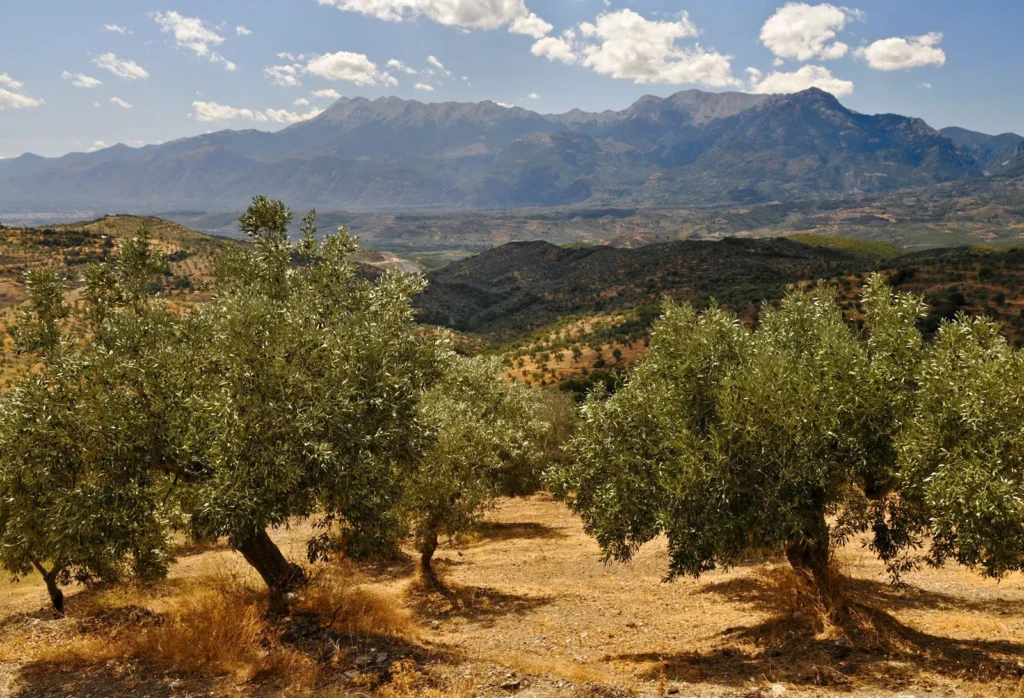
While the most common olive species is Olea europaea, there are several other lesser-known varieties that deserve recognition. From the petite Picholine to the robust Kalamata, each olive species offers a unique flavor profile and culinary experience.
Olive europea
The Common Olive As the most widespread and economically significant species, Olea europaea dominates olive cultivation worldwide. This species exhibits remarkable adaptability to diverse climates and soil conditions, contributing to its widespread distribution. From the iconic Greek Kalamata olives to the Spanish Arbequina cultivars, the variations within Olea europaea showcase a spectrum of flavors, ranging from buttery and mild to robust and peppery.

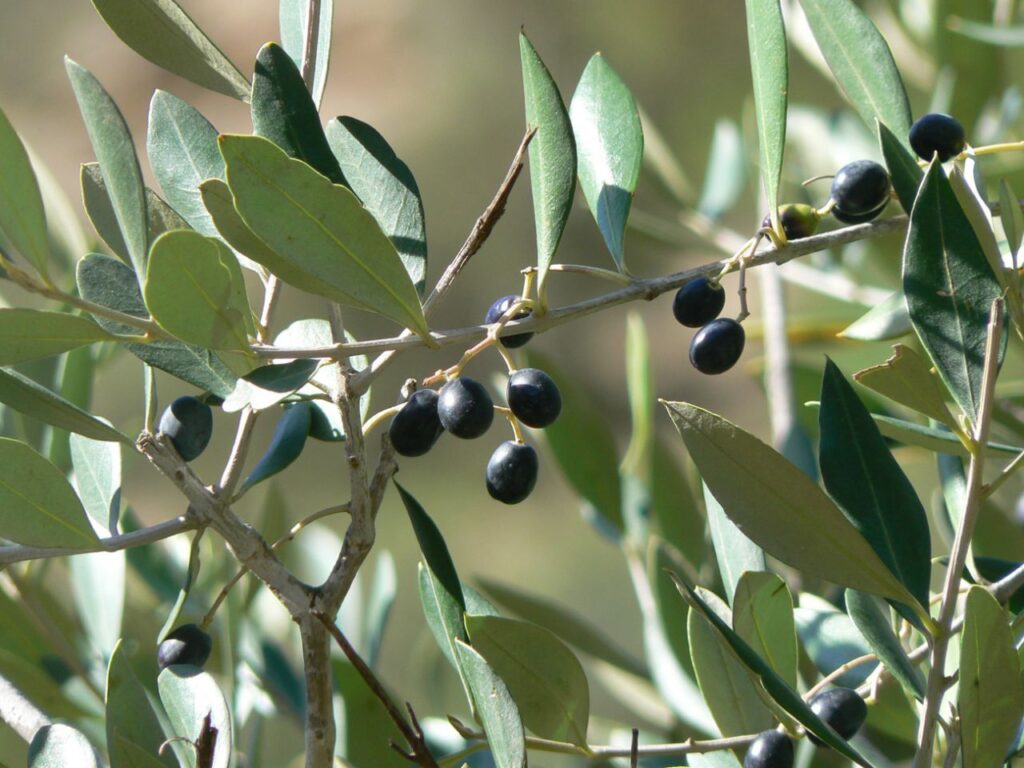
Olea maroccana:
Native to Morocco, Olea maroccana stands out for its resilience in arid environments. This species thrives in the harsh conditions of the Moroccan landscape, displaying small, leathery leaves and compact growth habits. While not as extensively cultivated for its fruit as Olea europaea, Olea maroccana plays a vital role in local ecosystems, providing habitat and sustenance for wildlife.
Olea capensis: The African Olive
Found primarily in sub-Saharan Africa, Olea capensis is renowned for its role in traditional medicine and cultural practices. This species boasts glossy green leaves and small, round fruits, often utilized for their medicinal properties. In regions like South Africa, Olea capensis holds cultural significance, with ceremonies and rituals centered around the tree’s presence.
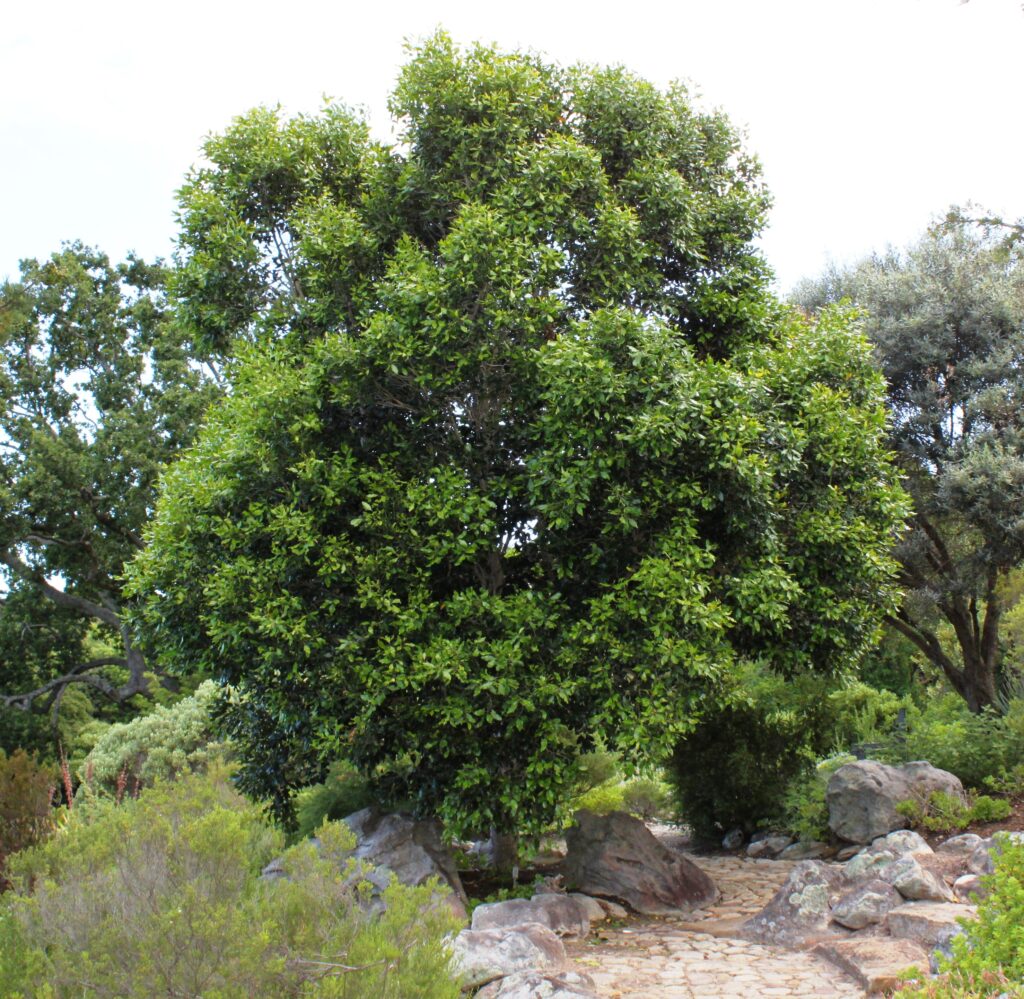
Olea guanchica
Endemic to the Canary Islands, Olea guanchica exemplifies the unique flora of this volcanic archipelago. This species thrives in the rugged terrain of the Canaries, showcasing adaptations to rocky soils and maritime climates. While not as commercially cultivated as its mainland counterparts, Olea guanchica contributes to the biodiversity of the Canary Island ecosystems, supporting endemic wildlife and providing a source of genetic diversity for olive breeding programs.
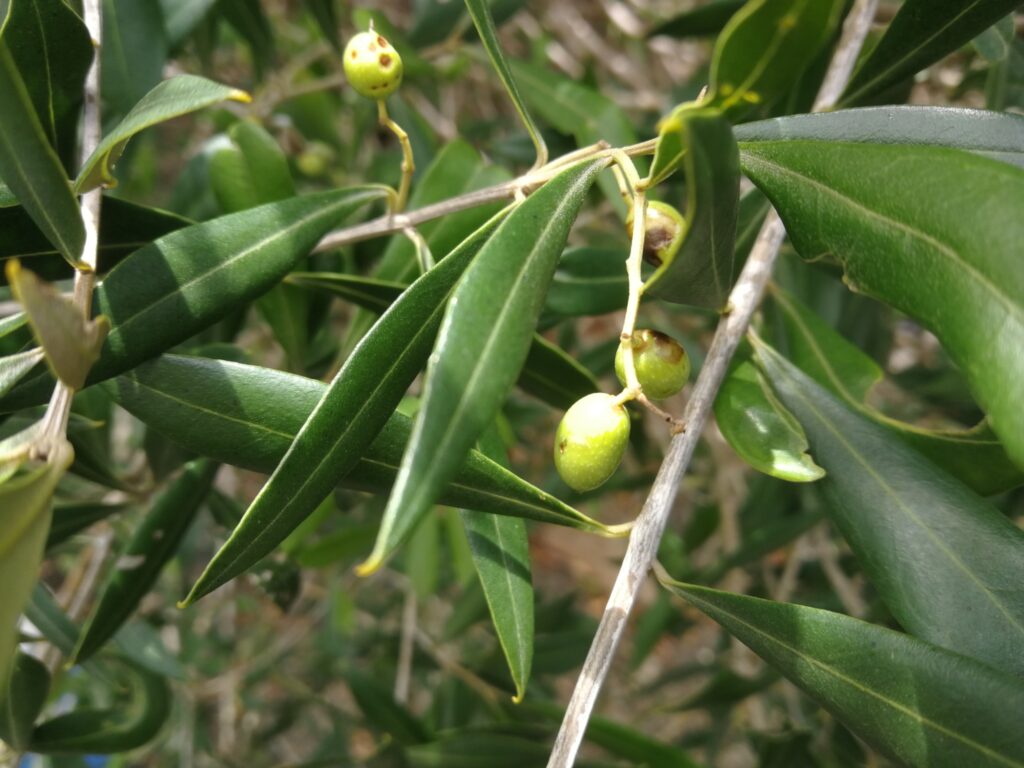
Olea europaea var. sylvestris: The Wild Olive
As the wild progenitor of cultivated olive varieties, Olea europaea var. sylvestris offers valuable insights into the evolutionary history of the olive tree. This species exhibits a more untamed growth habit, with smaller fruits and a propensity for self-seeding. Despite its wild nature, Olea europaea var. sylvestris serves as a genetic reservoir for breeding programs seeking to enhance disease resistance and environmental adaptability in cultivated olives.

Olea africana
Native to southern Africa, Olea africana occupies a prominent place in both natural landscapes and cultural traditions. This species thrives in a range of habitats, from woodland savannas to rocky slopes, displaying a striking silhouette with its gnarled branches and dark-green foliage. While the fruits of Olea africana are smaller and less palatable than cultivated olives, they hold significance as a food source for birds and mammals across the African continent.
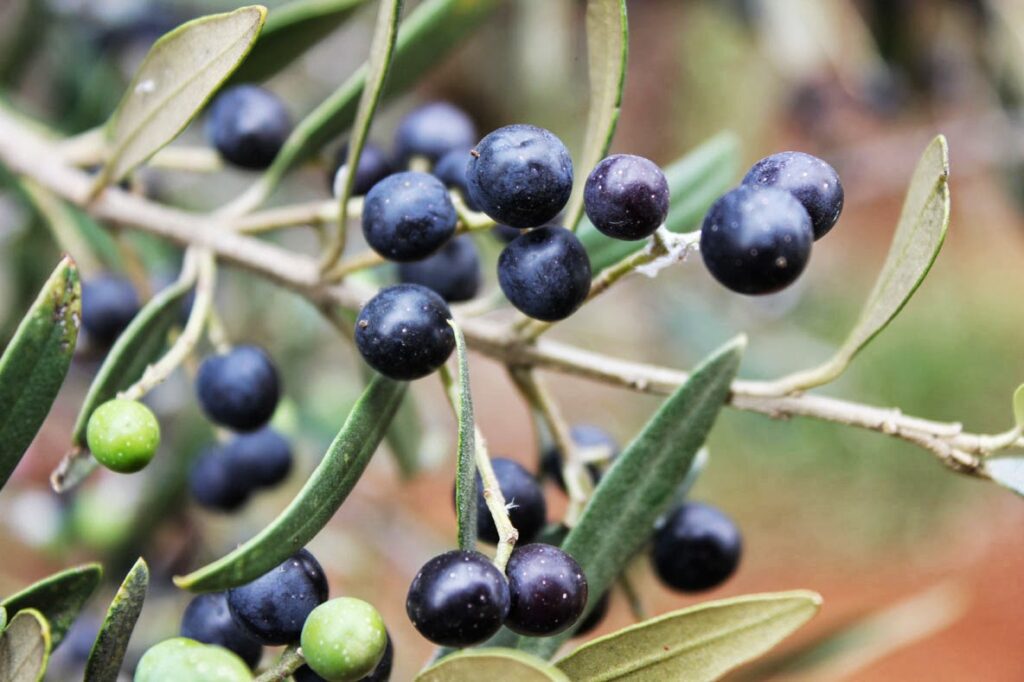

Olea europaea var. cuspidata: The Japanese Olive
In the far reaches of East Asia, Olea europaea var. cuspidata, commonly known as the Japanese olive, adds a touch of Mediterranean charm to the Japanese landscape. This species, introduced to Japan centuries ago, has naturalized in certain regions, displaying adaptations to the local climate and soil conditions. While not as widely cultivated for its fruit as in Mediterranean countries, the Japanese olive serves ornamental purposes in gardens and parks, enhancing the aesthetic appeal of urban green spaces.
Olea europaea subsp. guanchica: The La Gomera
Olive Endemic to the island of La Gomera in the Canary Islands, Olea europaea subsp. guanchica embodies the unique biodiversity of this UNESCO Biosphere Reserve. This subspecies displays distinct morphological characteristics, including smaller leaves and fruits adapted to the island’s microclimates. Despite facing threats from habitat loss and invasive species, efforts are underway to conserve Olea europaea subsp. guanchica and its fragile island ecosystem.
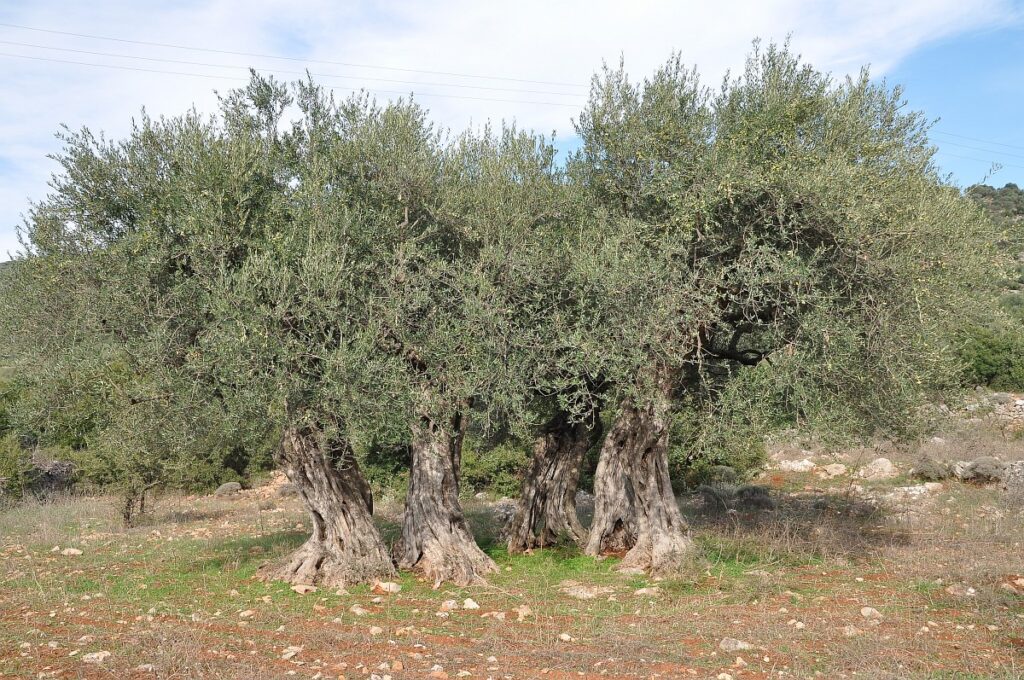
The world of olive species is as diverse as it is fascinating, with each species offering a unique glimpse into the evolutionary history and cultural significance of these iconic trees. From the ancient groves of the Mediterranean to the rugged landscapes of Africa and beyond, olives continue to captivate our senses and inspire conservation efforts to safeguard their genetic heritage. By understanding and appreciating the characteristic olive species, we embark on a journey of discovery that transcends borders and connects us to the rich tapestry of life on our planet.
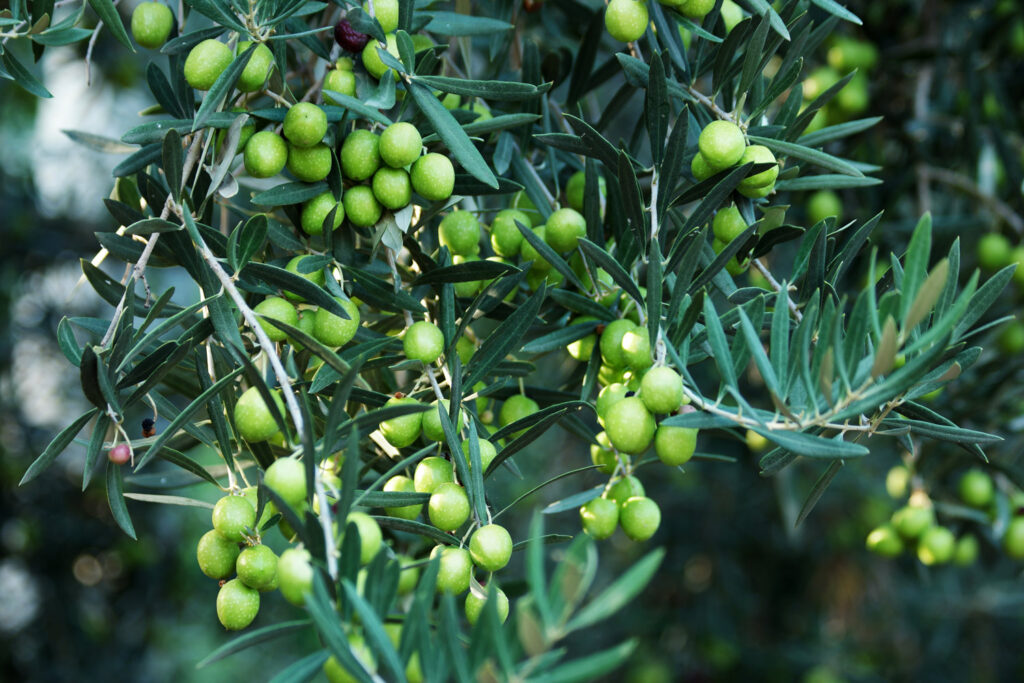
Made by Michał Nawrocki, Antoni Miksa, Adam Navickas, Franek Bugajski
